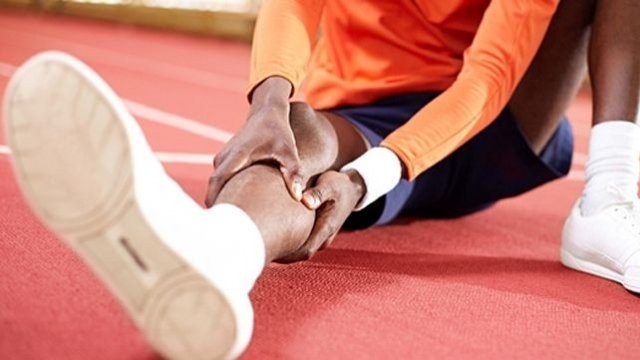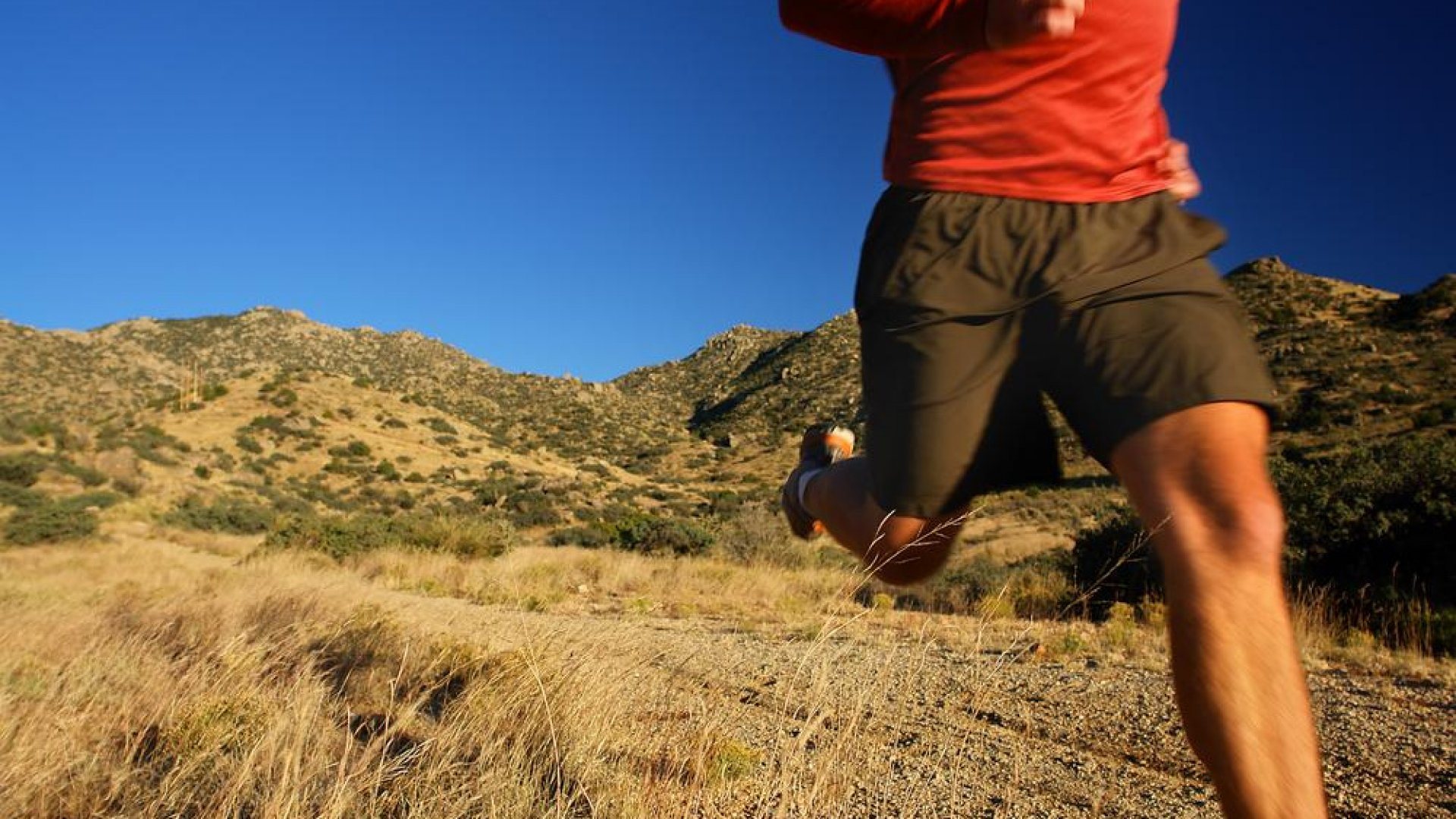An injury can stop you from enjoying your everyday activities. Injuries often occur within the sports environment, which includes not only the weather, but also the facilities, surfaces and equipment being used. It is important to understand how to effectively prevent and manage injuries so you can keep on moving. Our top tips for injury prevention are:
- Check the sporting environment for slippery surfaces or trip hazards
- Drink enough water
- Use correct technique
- Stretch before and after exercising
- Wear appropriate protective equipment
- Support existing injuries
Keep reading to learn more.



